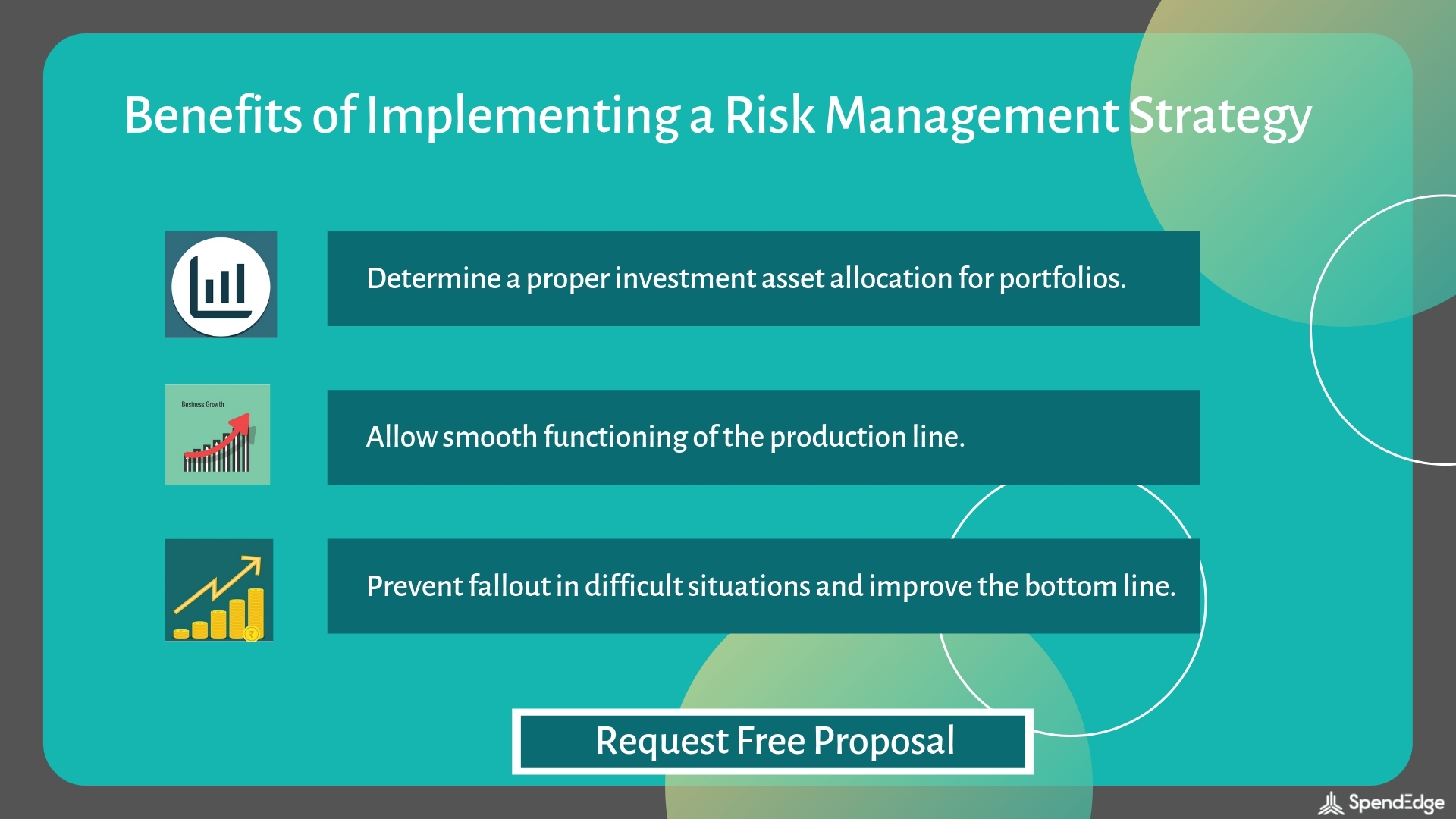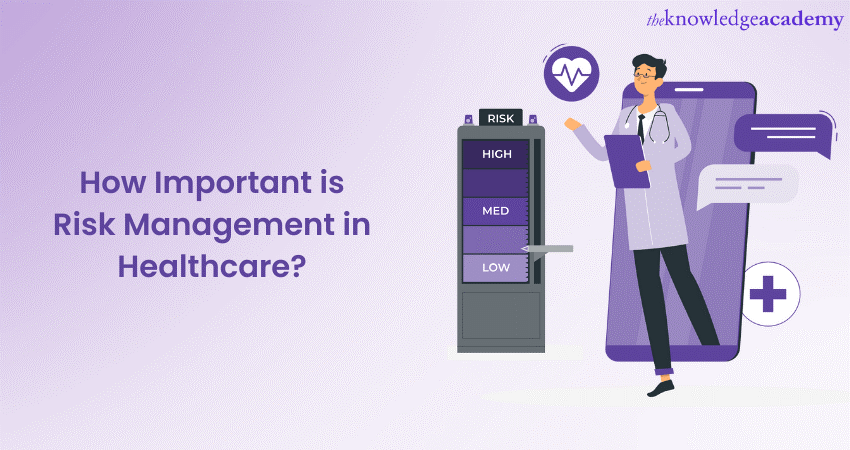The Crucial Importance of Risk Management in Protecting Company Assets
The Crucial Importance of Risk Management in Protecting Company Assets
Blog Article
The Value of Understanding the Significance of Risk Management in Numerous Industries

The Core Principle of Risk Management and Its Objective
Risk Management, the cornerstone of many sectors, depends upon the identification, analysis, and mitigation of uncertainties in a company environment. It is an important technique that allows organizations to guard their properties, credibility, and general survival. By appropriately recognizing prospective risks, companies can develop methods to either avoid these dangers from occurring or reduce their influence. The assessment process involves analyzing the probability and possible extent of these dangers. The reduction procedure involves devising approaches to decrease their possible impact when risks have actually been identified and evaluated. This procedure is ongoing and cyclical, ensuring that businesses are prepared for the ever-changing nature of Risk in various industries. The key objective, hence, is to promote resilience in the middle of uncertainties.
Advantages of Applying Risk Management in Organization Workflow

Introducing the Role of Risk Management in Different Industries
While every industry confronts its distinct set of risks, the application of Risk Management approaches continues to be an usual in their search of sustainability and growth. In the health care industry, Risk Management involves making sure individual security and data protection, while in money, it involves mitigating financial investment dangers and making certain regulative compliance. Eventually, the role of Risk Management across industries is to identify, evaluate, and mitigate threats.
Real-life Study Showing Successful Risk Management
To understand the importance of Risk Management in these many sectors, one can look to several real-life circumstances that show the successful application of these steps. In the energy field, British Oil established Risk reduction prepares post the 2010 Gulf of Mexico oil spill. They implemented better safety treatments and stricter regulations which dramatically minimized further mishaps. In a similar way, in money, Goldman Sachs efficiently click reference browsed the 2008 economic crisis by identifying potential mortgage-backed safeties threats early. Toyota, publish the 2011 quake in Japan, revised its supply chain Management to minimize interruption dangers. These cases show just how sectors, finding out from crises, successfully used Risk Management strategies to minimize future dangers.
Future Fads and Growths in Risk Management Approaches
As the world continues to develop, so too do the patterns and growths in Risk Management approaches. Quick advancements in modern technology and data analytics are improving the Risk landscape. Large information and AI are currently crucial in predicting and mitigating risks. Organizations are leveraging these devices to construct anticipating versions and make data-driven choices. Cybersecurity, when a peripheral concern, has catapulted to the leading edge of Risk Management, with methods concentrating on action, detection, and prevention. The combination of ESG (Environmental, Social, Governance) factors right into Risk Management is another expanding pattern, mirroring the raising acknowledgment of the duty try this site that ecological and social dangers play in service sustainability. Hence, the future of Risk Management hinges on the fusion of advanced technology, innovative strategies, and an all natural strategy.
Final thought
In final thought, recognizing the relevance of Risk Management across a spectrum of sectors is important for their longevity and prosperity. Customized strategies can aid mitigate possible risks, protect properties, and foster stakeholder trust fund. Furthermore, aggressive decision-making aids in governing conformity and enhances source usage. Ultimately, successful Risk Management adds to much more resilient and sustainable companies, highlighting the value of this reference technique in today's highly competitive and vibrant organization atmosphere.
While every sector faces its special set of risks, the execution of Risk Management methods stays a typical denominator in their pursuit of sustainability and growth. In the health care market, Risk Management involves making sure individual security and information security, while in money, it entails mitigating investment risks and ensuring regulatory compliance. Inevitably, the function of Risk Management throughout industries is to recognize, examine, and alleviate dangers. These cases show exactly how industries, finding out from dilemmas, effectively used Risk Management methods to minimize future risks.

Report this page